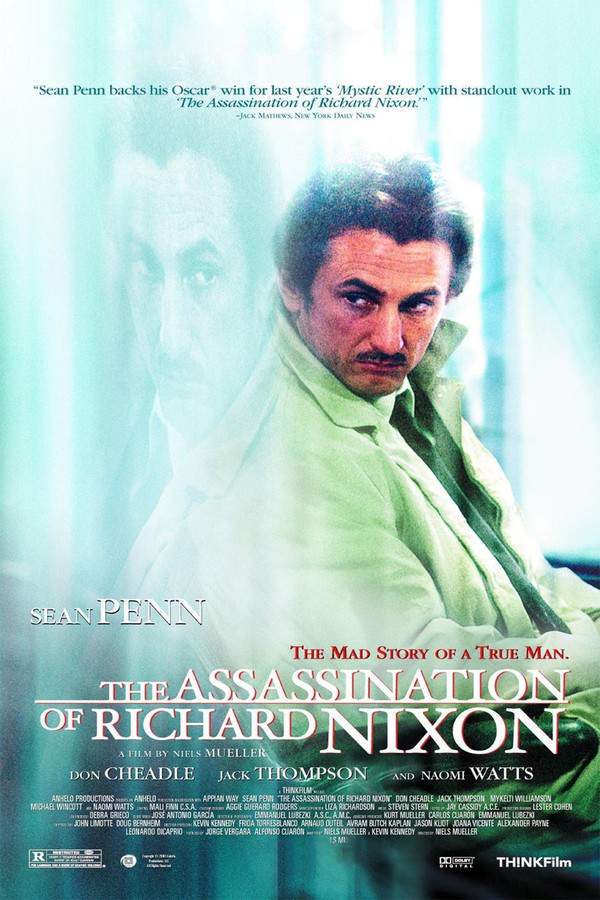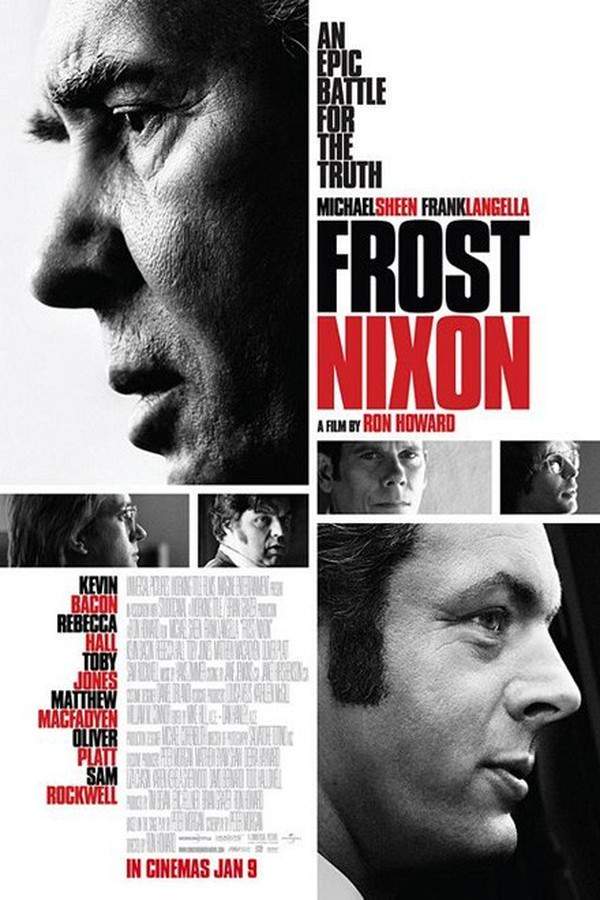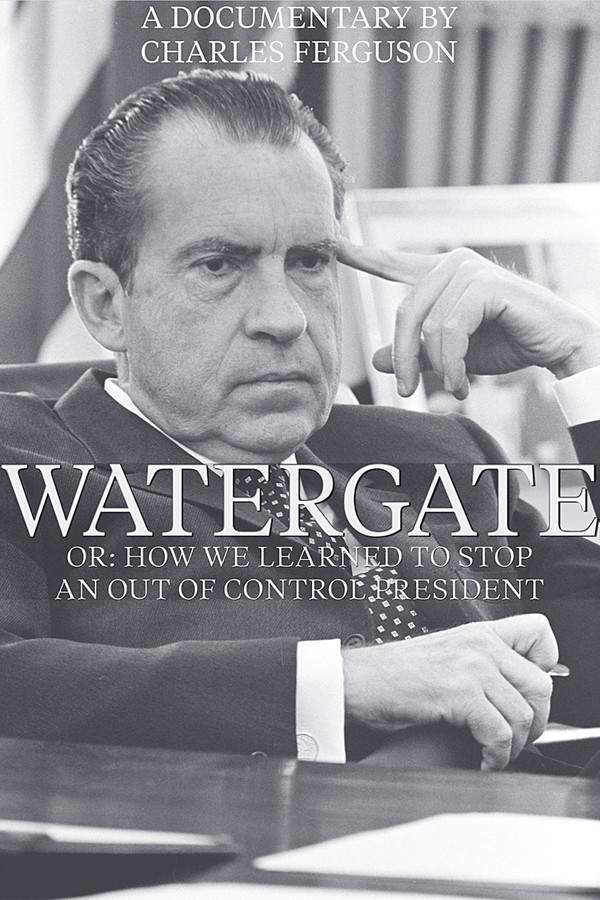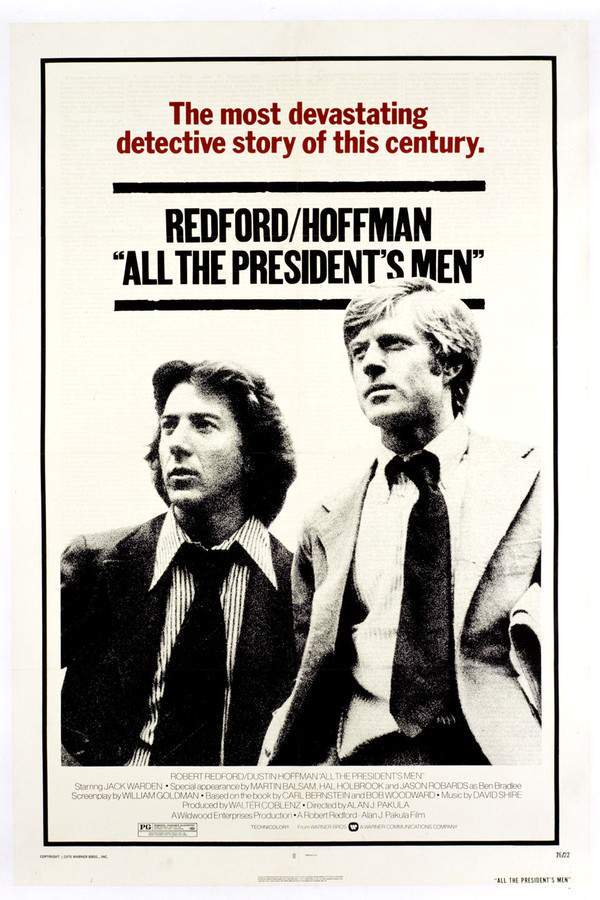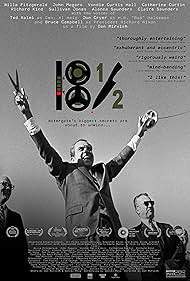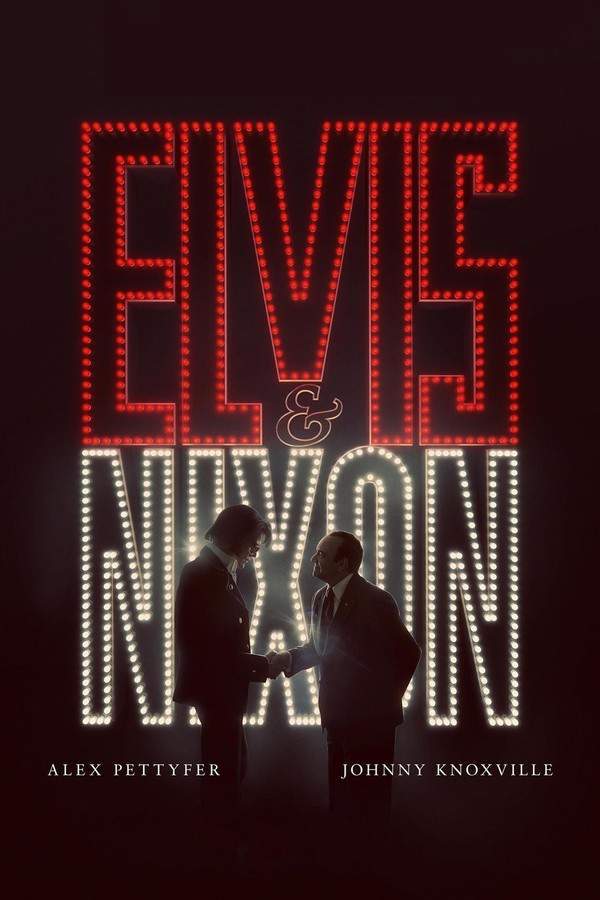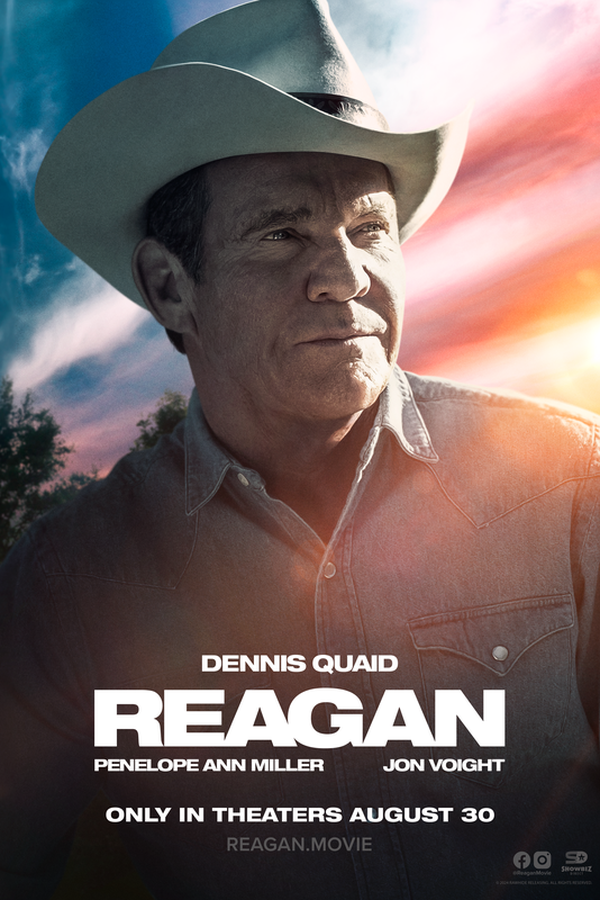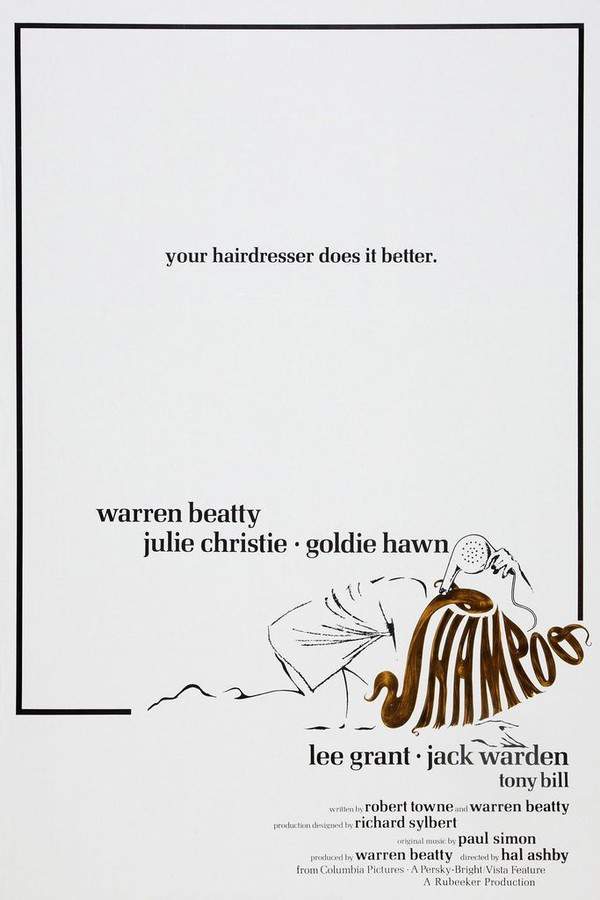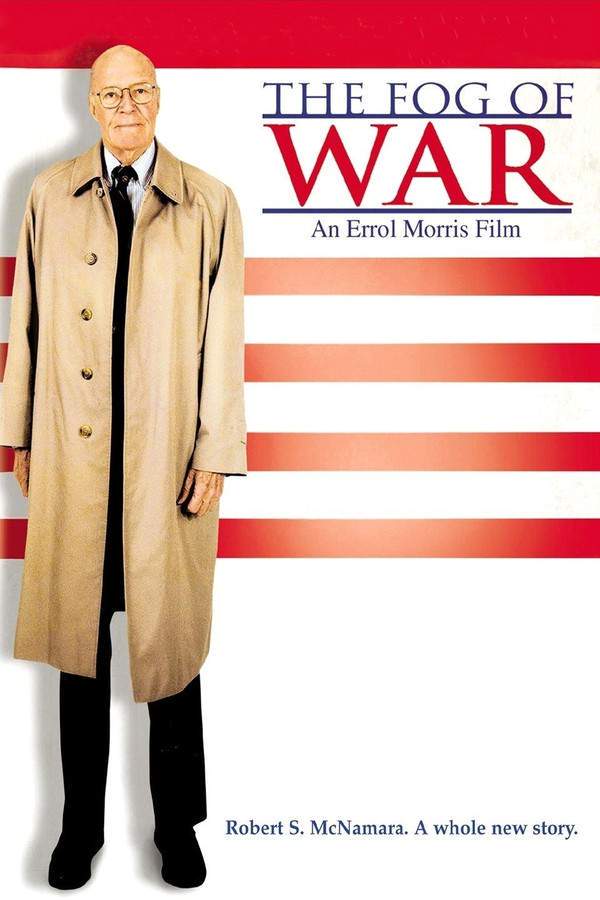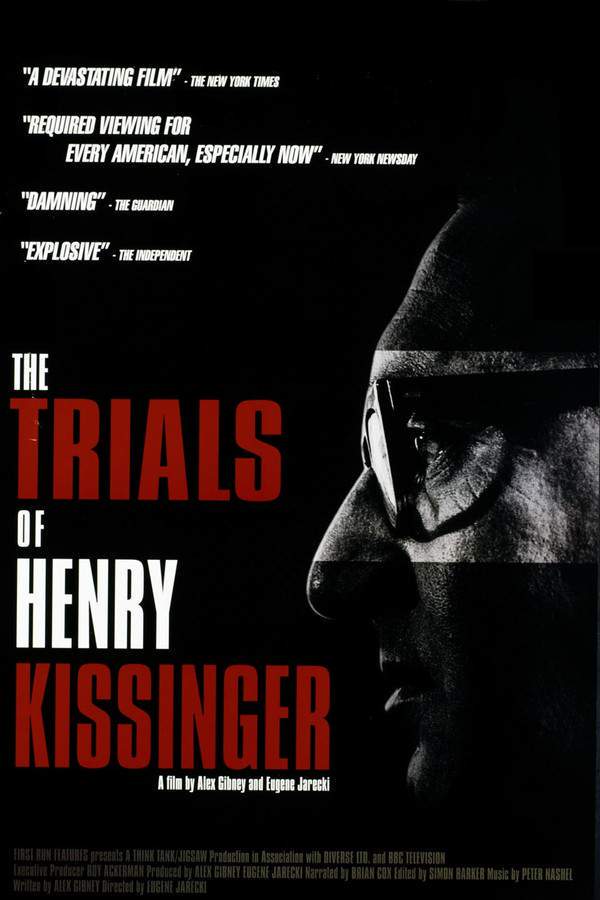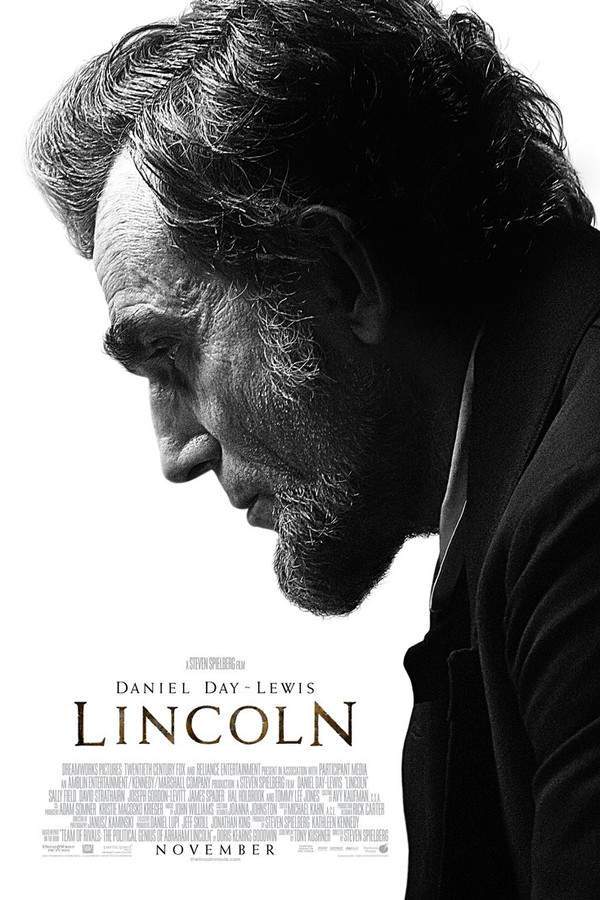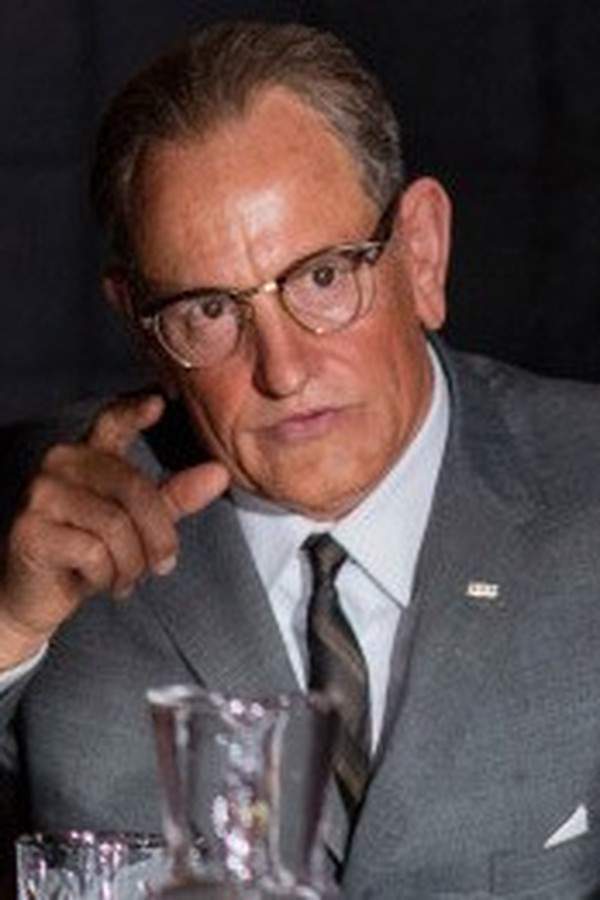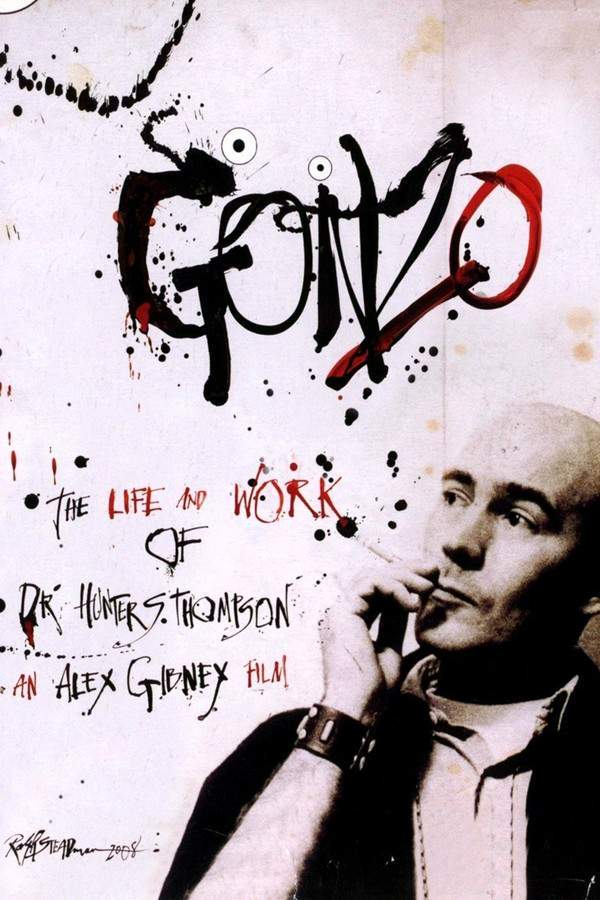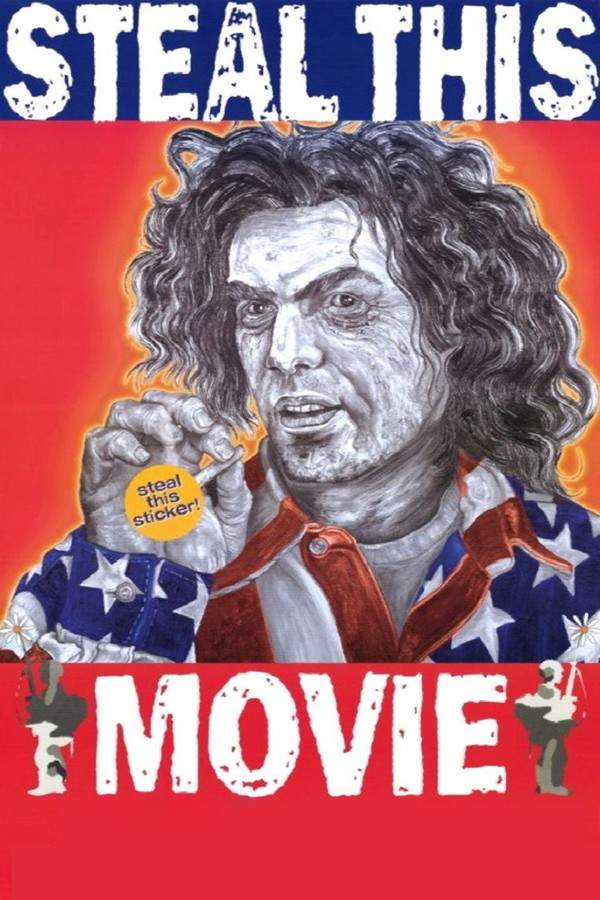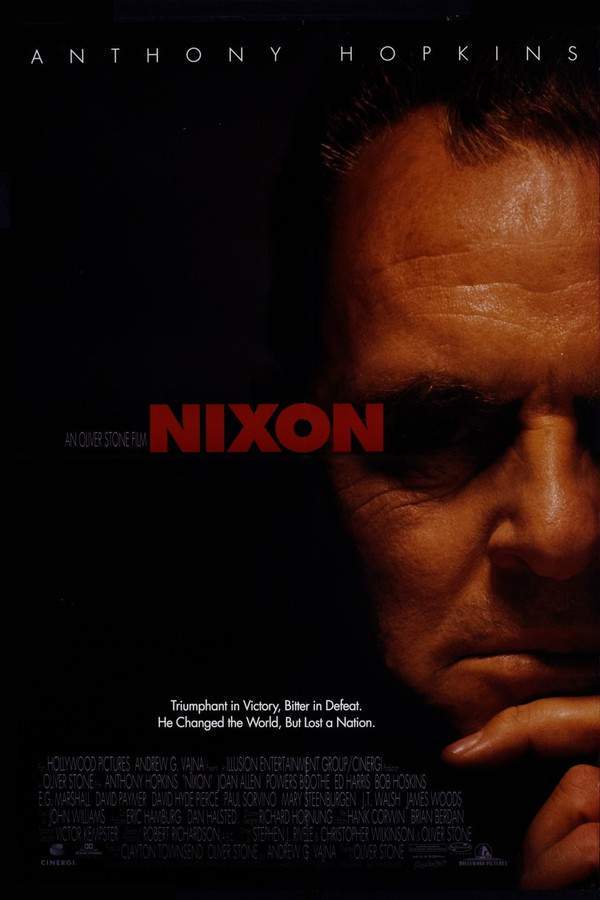
Nixon
Year: 1995
Runtime: 192 min
Language: English
Director: Oliver Stone
Budget: $44M
A complex and revealing portrait of Richard Nixon is presented, with Anthony Hopkins delivering a nuanced performance as the 37th President. The film explores his early life, personal relationships, and significant political achievements alongside devastating setbacks. It offers a non-linear look at his career, ultimately leading to the profound impact of the Watergate scandal and its aftermath, portraying a complicated figure with both strengths and flaws.
Warning: spoilers below!
Haven’t seen Nixon yet? This summary contains major spoilers. Bookmark the page, watch the movie, and come back for the full breakdown. If you're ready, scroll on and relive the story!
Nixon (1995) – Full Plot Summary & Ending Explained
Read the complete plot breakdown of Nixon (1995), including all key story events, major twists, and the ending explained in detail. Discover what really happened—and what it all means.
Nixon [Anthony Hopkins] faces a fall from grace as the Watergate break-in becomes a national scandal that unsettles the presidency and reshapes American politics. The film traces a crisis born in 1972, when the White House Plumbers break into the Democratic National Committee at the Watergate complex and are quickly arrested, setting off a domino effect of investigations, cover-ups, and public doubt. As the narrative unfolds, a sense of inevitability hangs over the characters and their choices, painting a portrait of power under pressure and the limits of loyalty.
A majority of the film is told through flashbacks drawn from Nixon’s taped conversations, a storytelling device that lets memory braid past events with present consequences. The earliest flashback centers on June 23, 1972, about a week after the break-in, in a tense meeting with H.R. Haldeman, John Ehrlichman, and Dean, where the existence and handling of the infamous “smoking gun” tape are discussed in muffled, urgent terms. The technique creates a sense of a mind continually revisiting decisions, consequences, and the escalating tension behind closed doors.
Henry Kissinger figures prominently in the drama, evolving from a respected professor to National Security Adviser and Secretary of State. Throughout the film, there is a persistent tug-of-war over who Kissinger truly is—an independent operator who values reputation in the press, or a steadfast loyalist who follows the president’s commands. Cabinet members blame him for leaks, yet Nixon cannot easily sever the complex relationship, raising questions about authority, trust, and the balance between national interest and personal allegiance.
Alongside the political chessboard, the movie also delves into Nixon’s private life and the scars of his upbringing. He reflects on a childhood shaped by loss, including the tuberculosis deaths of two brothers, an experience that deeply colors his worldview. The portrait suggests how long-standing stress, coupled with the demands of the office, intertwines with health struggles and dependence on medications. The portrayal includes Nixon’s bouts of phlebitis and pneumonia during the crisis, and it hints at a pattern of heavy use of medicines and alcohol as a way to cope with the pressures surrounding him.
The narrative also signals connections to earlier, weightier events in American history. It references the Bay of Pigs Invasion and touches on the Kennedy assassination, implying that decisions made in the Eisenhower era and during Nixon’s vice presidency set in motion a chain of outcomes that reverberate into Watergate. The film does not claim simple causation; rather, it suggests a tangled web of actions, consequences, and moral ambiguity that continues to haunt the era’s memory.
Pat Nixon [Joan Allen] is portrayed in a human light, a wife who shares in the mounting pressure and personal toll of the presidency. Her scenes underscore how the crisis touches not only the man in the spotlight but also the intimate circle around him, adding a personal dimension to a political catastrophe. The film uses intimate moments and public pressure to show how a presidency can become a relentless test of endurance for both partners in a marriage and for the family that supports them.
The climax arrives with the resignation and the departure from the White House on Army One, a stark visual that caps a career defined by crisis and controversy. As the extended end credits roll, real footage of Nixon’s state funeral in Yorba Linda appears, and a chorus of living ex-presidents—Gerald Ford, Jimmy Carter, Ronald Reagan, and George H.W. Bush—along with then-president Bill Clinton, bear witness to the enduring consequence and memory of a presidency marked by tumult, downfall, and a dramatic exit from power.
Last Updated: October 09, 2025 at 15:37
Unlock the Full Story of Nixon
Don't stop at just watching — explore Nixon in full detail. From the complete plot summary and scene-by-scene timeline to character breakdowns, thematic analysis, and a deep dive into the ending — every page helps you truly understand what Nixon is all about. Plus, discover what's next after the movie.
Nixon Timeline
Track the full timeline of Nixon with every major event arranged chronologically. Perfect for decoding non-linear storytelling, flashbacks, or parallel narratives with a clear scene-by-scene breakdown.

Characters, Settings & Themes in Nixon
Discover the characters, locations, and core themes that shape Nixon. Get insights into symbolic elements, setting significance, and deeper narrative meaning — ideal for thematic analysis and movie breakdowns.

Similar Movies to Nixon
Discover movies like Nixon that share similar genres, themes, and storytelling elements. Whether you’re drawn to the atmosphere, character arcs, or plot structure, these curated recommendations will help you explore more films you’ll love.
Explore More About Movie Nixon
Nixon (1995) Scene-by-Scene Movie Timeline
Nixon (1995) Movie Characters, Themes & Settings
Nixon (1995) Spoiler-Free Summary & Key Flow
Movies Like Nixon – Similar Titles You’ll Enjoy
The Assassination of Richard Nixon (2004) Detailed Story Recap
Frost/Nixon (2008) Story Summary & Characters
Watergate (2018) Film Overview & Timeline
All the President's Men (1976) Full Movie Breakdown
18½ (2022) Plot Summary & Ending Explained
Elvis & Nixon (2016) Plot Summary & Ending Explained
Reagan (2024) Plot Summary & Ending Explained
Shampoo (1975) Full Movie Breakdown
Rabin in His Own Words (2016) Spoiler-Packed Plot Recap
The Fog of War: Eleven Lessons from the Life of Robert S. McNamara (2003) Movie Recap & Themes
The Trials of Henry Kissinger (2002) Film Overview & Timeline
Lincoln (2012) Full Summary & Key Details
LBJ (2017) Plot Summary & Ending Explained
Gonzo: The Life and Work of Dr. Hunter S. Thompson (2008) Spoiler-Packed Plot Recap
Steal This Movie (2000) Film Overview & Timeline



